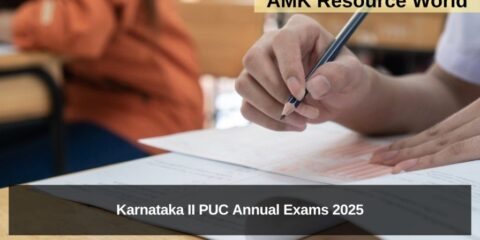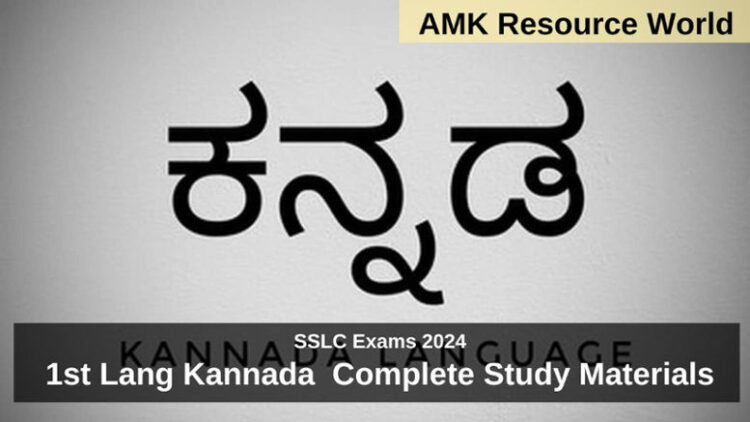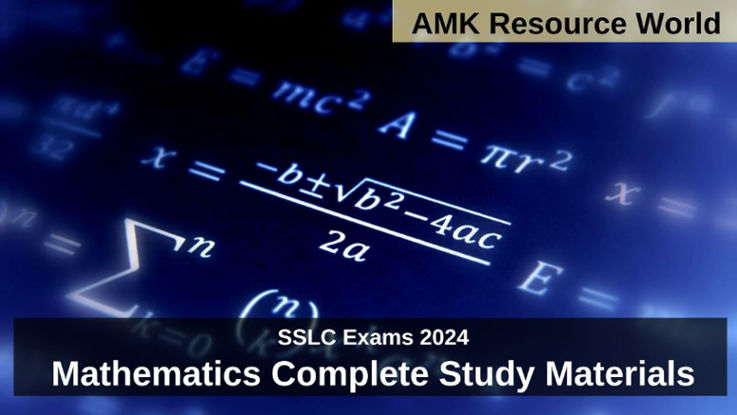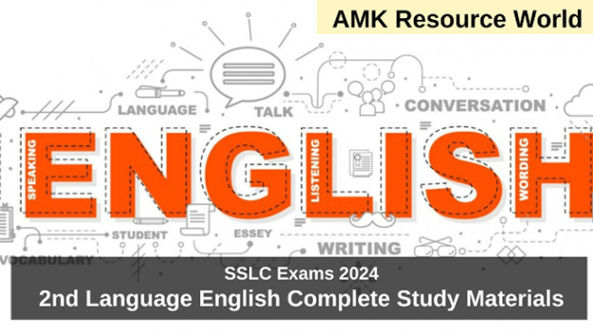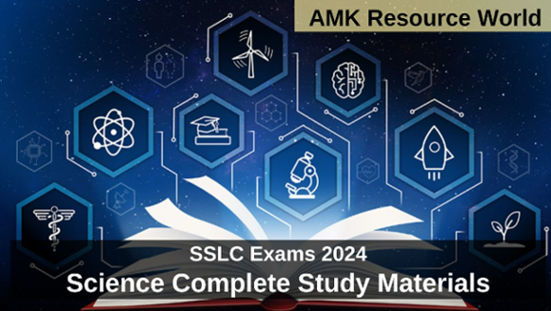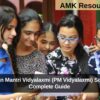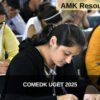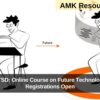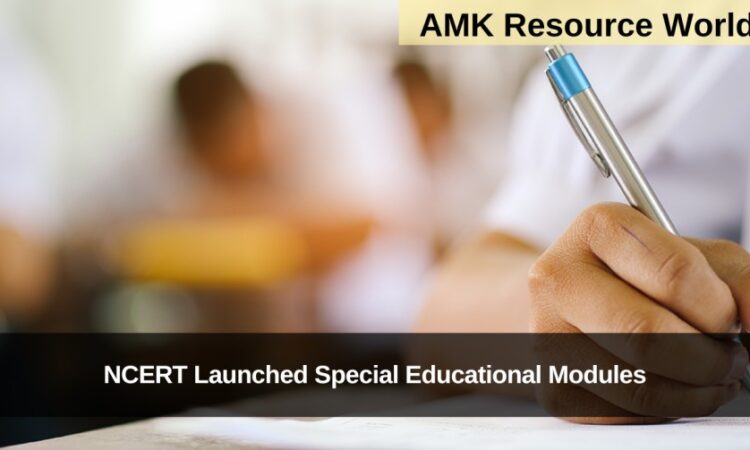Chapter 3 of the Class 10 Science textbook, Metals and Non-Metals, is an essential part of the Chemistry syllabus. It focuses on the physical and chemical properties of metals and non-metals, their uses, reactivity, and the differences between them. This chapter not only builds conceptual understanding but also forms the basis for higher-level studies in science and engineering.
KEY CONCEPTS COVERED
Physical Properties of Metals and Non-Metals: Metals are generally hard, lustrous, malleable, ductile, sonorous, and good conductors of heat and electricity. Common examples include iron, copper, and aluminum. In contrast, non-metals like sulfur, carbon, and phosphorus are brittle, dull, and poor conductors of heat and electricity (except graphite).
Chemical Properties: The chapter explains how metals react with air (oxygen), water, and acids, often forming oxides and releasing hydrogen gas. For example:
- Metal + Oxygen → Metal Oxide
- Metal + Acid → Salt + Hydrogen Gas
Non-metals typically do not react in the same way with acids, and their oxides tend to be acidic or neutral, whereas metal oxides are usually basic.
The Reactivity Series: A vital concept, the reactivity series ranks metals based on their reactivity. More reactive metals like potassium and sodium react vigorously with water, while less reactive metals like gold and platinum do not react easily.
Extraction of Metals: This section discusses how metals are extracted from their ores. The process varies depending on the metal’s reactivity – including methods like reduction with carbon, electrolysis, and refining.
Corrosion and Prevention: Metals like iron rust when exposed to moisture and oxygen. The chapter discusses how corrosion can be prevented using methods like painting, galvanization, and alloying.
IMPORTANCE OF NCERT SOLUTIONS
Class 10 Science solutions for Chapter 3 provide step-by-step explanations for all textbook questions. These help students understand concepts clearly, improve their answering skills, and perform better in exams. The solutions also include diagrams, reactions, and keywords that align with CBSE marking schemes.
CHAPTER 3 SOLUTIONS
TO explore the complete solution and master Chapter 3 effectively, Download the resources prepared by the subject expert, CLICK HERE
![Class 10 Science Solution [Chapter 3: Metals & Non Metals], READ HERE Class 10 Science Solution [Chapter 3: Metals & Non Metals], READ HERE](https://amkresourceinfo.com/wp-content/uploads/2025/04/THUMB-PAGE-6-750x421.jpg)

